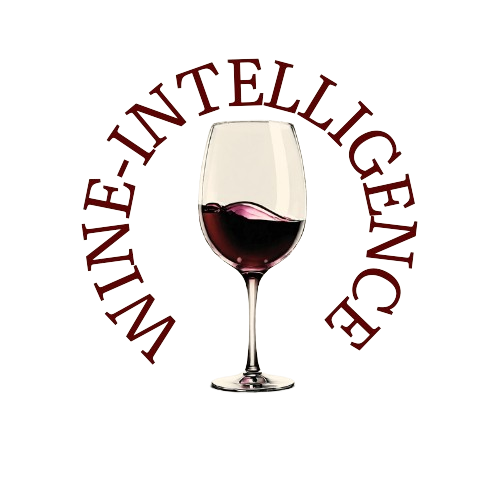Bordeaux, long hailed as the pinnacle of fine wine production, is undergoing profound changes.
These shifts, driven by climate challenges, economic pressures, and evolving market dynamics, are reshaping one of the world's most prestigious wine regions. Central to the debate is the en primeur system, a long-standing sales model that has become a cornerstone of Bordeaux’s identity yet now finds itself at the heart of an existential crisis.
Climate and Quality Challenges
In recent years, Bordeaux has faced increasingly erratic weather patterns that have wreaked havoc on vineyards. Mildew outbreaks, exacerbated by heavy rains and unseasonably low temperatures in the spring, have become a recurrent issue. Extreme heatwaves, such as the one in 2022, have further strained yields, reducing both the quality and quantity of harvests. According to Gavin Quinney, a British grower based in the region, mildew has significantly impacted three of the past four vintages, a testament to the escalating challenges posed by climate change.
Growers, already under financial pressure, are grappling with whether to scale back production or skip offering certain harvest years altogether. This adds another layer of uncertainty to the region’s future while underscoring the need for innovative solutions.
The En Primeur Model: From Triumph to Turmoil
Historically, the en primeur system, which allows wines to be sold before bottling, served as a financial lifeline for producers, enabling them to secure early capital. Over time, it evolved into a grand commercial and social event, drawing thousands of professionals and enthusiasts to Bordeaux each spring. Yet, the model now faces a crisis of confidence.
Falling prices and diminished demand for Bordeaux’s grands crus reflect broader shifts in the global fine wine market. According to Liv-ex, the Fine Wine 50 index, which tracks Bordeaux’s five First Growths, has dropped by 24% in the past two years and is nearly 10% lower than five years ago. In stark contrast, wine values in regions like Burgundy and Champagne continue to rise, underscoring Bordeaux’s waning competitiveness.
Several factors contribute to this decline. Global consumption of red wine — which accounts for 88% of Bordeaux’s production — has fallen by 15% between 2007 and 2021, as reported by the International Organisation of Vine and Wine. White and sparkling wines, on the other hand, have seen modest growth, reflecting shifting consumer preferences.
Critics of the en primeur system also highlight its opaque pricing mechanisms and reliance on intermediaries, including négociants and courtiers. These layers inflate costs for consumers and erode trust in the model. As Emmanuel Cruse of Château d’Issan suggests, reform is overdue, with a focus on simplifying connections between producers and end buyers.
Reinvention Amid Crisis
Despite its flaws, the en primeur system is unlikely to disappear. Industry figures like Fiona Morrison of Thienpont Wines emphasize its value as a networking hub. However, Morrison and others acknowledge the need for Bordeaux to shed its “too traditional and corporate” image to attract younger, more diverse audiences.
Some leading châteaux are already pioneering alternative approaches. Château Latour, for instance, abandoned en primeur sales over a decade ago in favor of direct-to-consumer strategies. Meanwhile, Petrus employs subscription models to maintain exclusivity and manage small production volumes effectively. These experiments hint at a possible blueprint for the region’s future, blending tradition with innovation.
Excess inventory further complicates the landscape. Traditionally, négociants have buffered châteaux against market fluctuations, even during weaker vintages. However, holding large stockpiles is becoming increasingly unsustainable due to rising costs.
A Path Forward
The average 22% drop in en primeur prices for the 2023 vintage signals an effort to rekindle buyer interest. Yet, producers warn that the anticipated poor quality of the 2024 vintage could dampen these efforts.
Ella Lister of Wine Lister argues that reducing prices alone won’t suffice. Instead, Bordeaux must redefine its brand as a dynamic, innovative region capable of appealing to modern consumers while preserving its historical essence. Embracing sustainability, experimenting with varietals, and investing in marketing to highlight Bordeaux’s diversity could all play pivotal roles.
Conclusion
Bordeaux stands at a crossroads. As the region navigates the twin pressures of climate change and a shifting global market, its ability to adapt will determine its future. Whether through reforming the en primeur system, exploring direct-to-consumer sales, or repositioning itself as a modern wine powerhouse, Bordeaux must rise to the occasion. While the challenges are significant, so too is the region’s legacy — a source of both pride and responsibility as it charts its next chapter.
Source: Vinetur


1 comment
What year Bordeaux should I buy